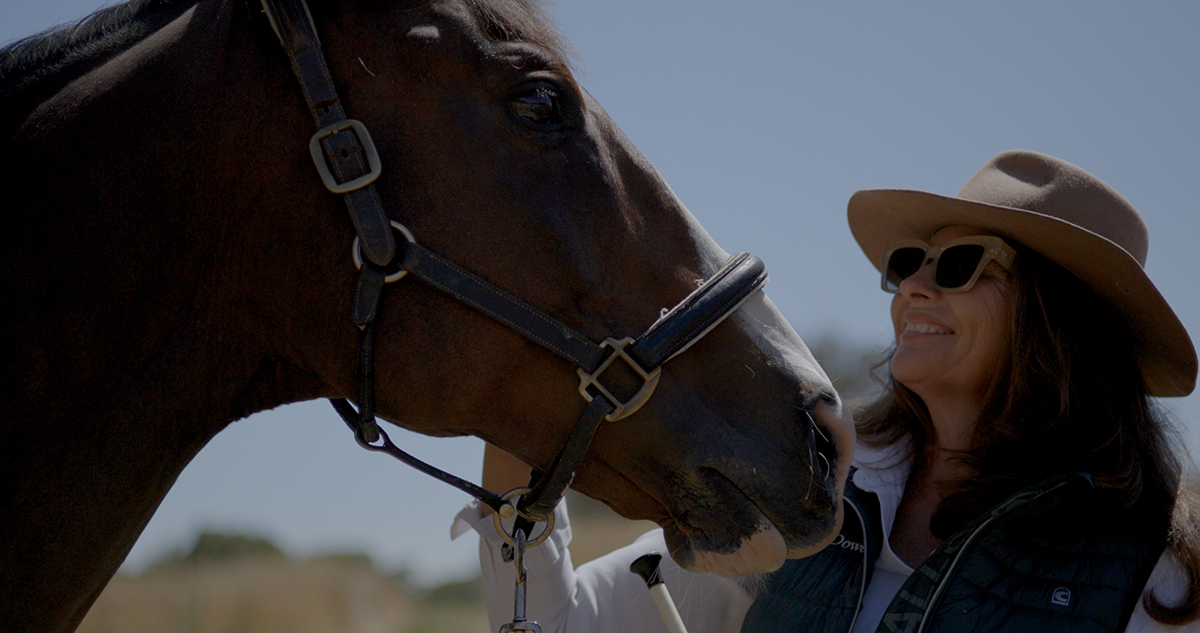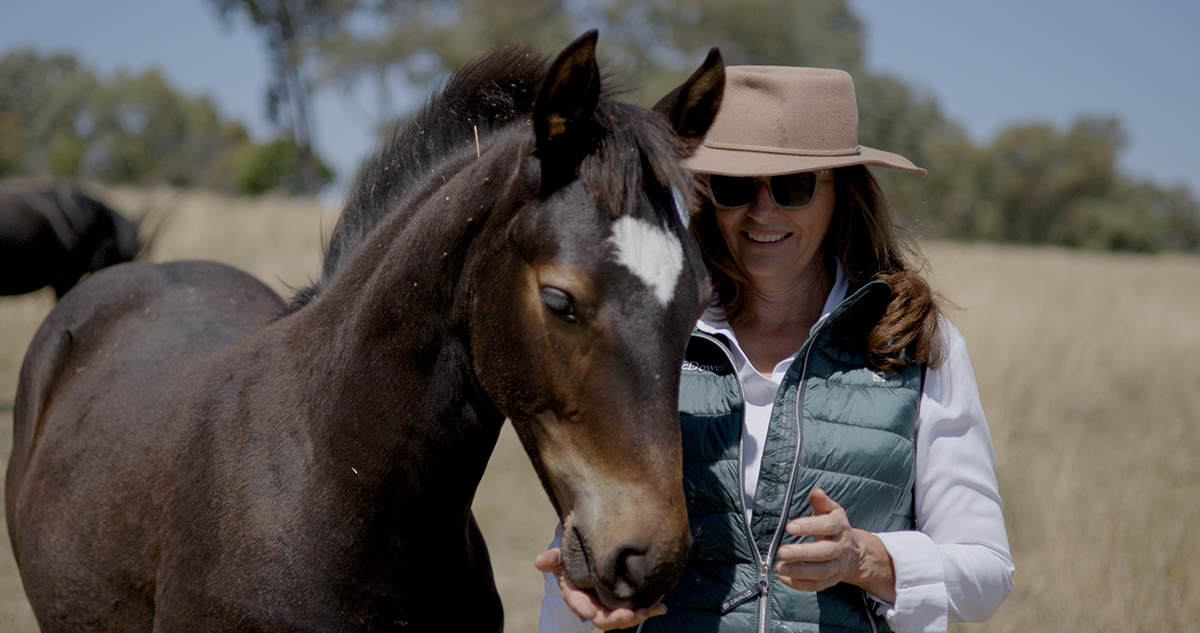As a herbalist, I have been developing equine and human herbal programs for the past 23 years. With spring upon us, this is what I’ve learnt about laminitis – including my theories on how it can be prevented and managed.
Over the years I have helped many owners design diets that prevent laminitis, as well as help thousands of owners rehabilitate their horses from serious chronic debilitating founder.
My understanding of the process of laminitis, its pathogenesis and management has evolved, not only due to my direct experience in practice, but also as more research has come to the fore.
Horses that are suffering from laminitis may not just be suffering from the typical insulin resistance as the cause. Other factors such as toxins, immune reactions, bacterial infections, retained placentas in mares, and gut problems as well stress, to name a few, indicate that just looking at the sugar content in forage is short-sighted. Insulin resistance is a symptom of a much larger picture.
The metabolism in general and the immune system with all the co-regulating factors influencing these systems are at play.

THE PRESENCE OF OEDEMA IN HORSES WITH LAMINITIS
A Scottish researcher from the University of Edinburgh named Susan Kempson was one of the first to identify a new theory of the initial event in the pathogenesis of laminitis. Up until the presentation of Susan’s research, it was assumed that laminitis was caused by the restriction of blood to the laminae by the arterio-venous anastomoses (AVAs are vessels that connect an artery to a vein and act as shunts to bypass the capillary bed).
Susan’s theory proposes that the primary event in laminitis is the formation of oedema (a build-up of fluid in the body which causes the affected tissue to become swollen) within the foot. This occurs when excess fluid accumulates in the extra cellular spaces of the tissue, due to either abnormal leakage or fluid from plasma to the interstitial spaces, or when there is failure for the lymphatic system to return fluid from these spaces back to the blood (Pat Tearney, American Farriers Journal, 2006)
But what causes this increased permeability?
• Toxins
• Immune reactions
• Bacterial infections
• Vitamin C deficiency
• Trauma
• Mineral-corticoid excess
• Acute kidney failure
• Liver disease causing a decrease in plasma proteins
• Gut problems – worm damage and chemical use causing leaky gut syndrome
I always remember my vet (a good friend and mentor of mine from when I was very young!) saying to “watch him!” as the best advice for prevention. But what was I watching for?!
Thankfully, now I know. It is my experience now that every horse or pony, in varying degrees, is susceptible to laminitis from a variety of causes.
“Watching your horse for early
signs is very important!”


The early warning signs I’ve noticed are:
• Weepy eye (every case)
• Sluggish (every case)
• Hard, engorged crest (not in every case)
• Overweight and fat pads (not in every case)
• ‘Sooky’ behaviour (every case)
• Sensitive to walk on hard ground (every case)
• Reluctant to stride out on the arena
• Irregularity of stride (every case)
• Shifts weight – back to front, rests back feet, front feet
• Mild lameness on one side (every case)
• Gets worse after a hard run or work on the arena (every case)
• Lame on a circle (every case)
• Laying down for short periods more frequently
• Heat in feet (every case)
Seriously close to foundering:
• Weight shift becomes more obvious
• Very reluctant to walk
• Swelling of lower limbs
• Abscessing
• Rapid pulse
• Heat in feet
Foundering (pedal bone rotation):
• Unable to walk
• Rocking back
• Obvious pain
• Tucked up
• Laying down for long periods
• Pedal bone penetration
EARLY INTERVENTION & EMERGENCY MANAGEMENT
There will be in every case of pre-laminitis and acute laminitis the need to get rid of the cause (toxin) and help restore normality to the gastrointestinal tract and the metabolism to prevent an ongoing chronic case.
This involves understanding what the cause is (a vet can assist you in this regard) and following the emergency procedure:
• Locking up the horse from fresh green grass
• Feeding as per my recommended diet and the correct hay type
• Feeding herbal supplements to promote elimination of metabolites and possible toxins
• Supporting gut health and improving gut integrity
• Natural pain relief and moving oedema (Alleve8)
• Regular hoof care (bare foot is best) and Hoof Heel
• Deep bedding for standing
• If exercising your horse, do so in sand arenas or on grass
FORAGE TYPE
Many of my suggestions have over the years challenged commonly held practices, which are now becoming more widely accepted. For example, I have never agreed with the practice of feeding out lucerne hay in the acute stages of laminitis. Every case that I have been presented with to help manage, the horse was fed lucerne. On removal of this feed (and transferred to my preferred diet with herbs), the horse started to improve within 24 hours. This would invariably lead to 100% rehabilitation.
Whilst the industry in general applauds the low levels of non-structural carbohydrates in lucerne hay as the main reason to feed it, my experience tells me otherwise.

Protein leakage through the intestinal wall is one idea that needs to be more thoughtfully considered, along with the phytosterols, nitrates and other chemicals found in lucerne and grasses.
If dealing with an acute case of laminitis my advice is always to use hays that do not produce a dark-coloured, sweet-smelling tea when soaked. The hays need to be producing a light-coloured water, not sweet to taste. This hay will not need soaking and can be given 24/7. Soaking hay does not remove enough sugar and becomes a pointless exercise.
You need to find the right hay from the beginning and test it yourself.
Usually once the acute stage of the laminitis is under control, feeding out lucerne can be resumed in small amounts along with other low GI forage like Rhodes hay.
Conditions like Insulin Resistance and Cushing’s can also be supported with herbs. I suggest extra support with a specific formulation Like our Metabolic-S or Cushing-S to help with endocrine balance and improve insulin sensitivity.
Usually in 10 days you will see a marked improvement if you have caught the condition in time. If you have been dealing with a chronic long-term case, then it is best to discuss with me the rehabilitation process for the metabolism in depth.
McDowells Formulas:
Metabolic-S (metabolism support formula)
Cushing-S (Cushing’s disease support formula)
Infect-A-Clear (immune system support formula)
Alleve8 (pain relief formula)
Equigesta-Pre (prebiotic formula)
Mag-A-GG (calming formula)
Equiflex (high potency joint formula)
Equical (bone health formula)
Equi-HA (joints, cartilage and connective tissue formula)
This article was written in conjunction with McDowells. You can read more about their complete equine product range here.
If you suspect your horse is at risk or suffering from laminitis, always consult your veterinarian. EQ

